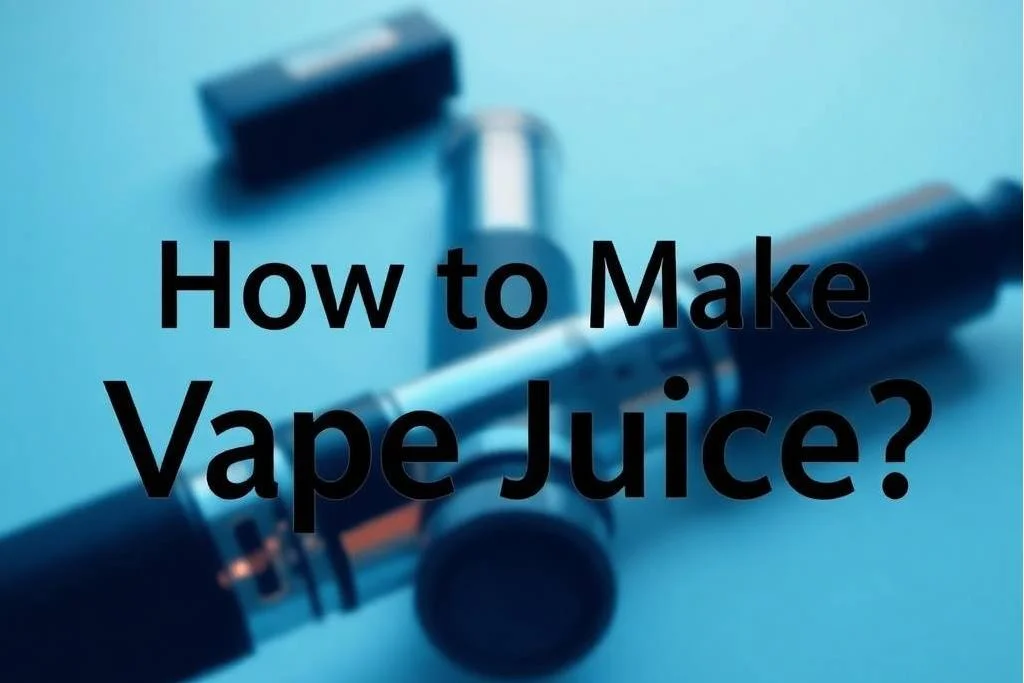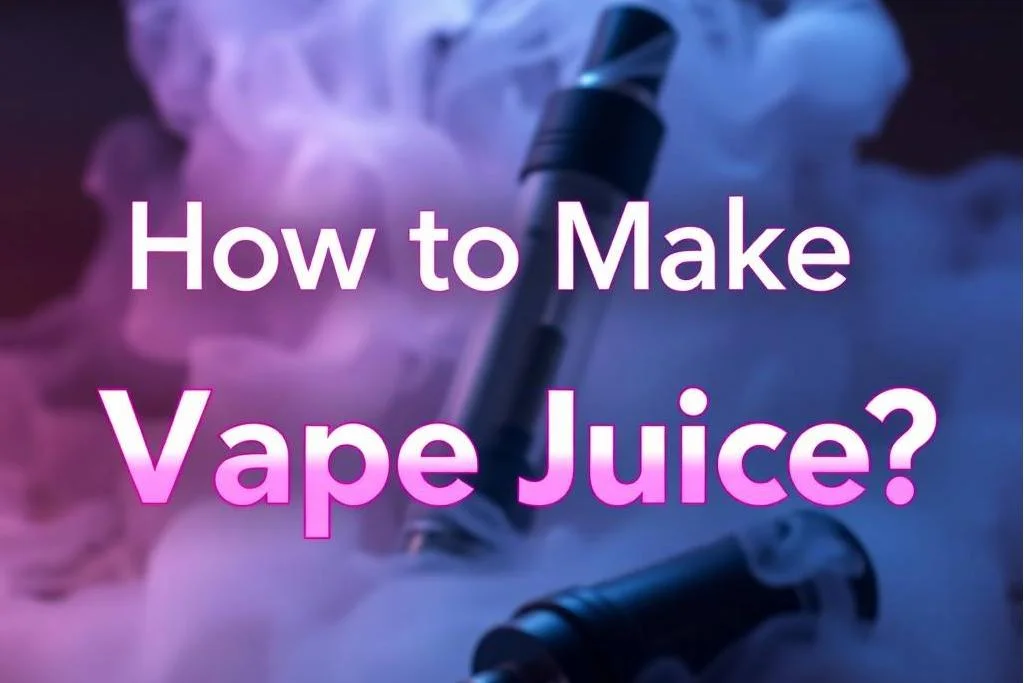Are Vapes Banned in Kentucky? A Complete 2025 Guide
Kentucky has updated several tobacco and nicotine laws in recent years, but many users remain unsure about what is legal, restricted, or regulated.
Read More >>WARNING: THIS PRODUCT CONTAINS NICOTINE. NICOTINE IS AN ADDICTIVE CHEMICAL.
Making your own vape juice is an exciting and cost-effective way to customize your vaping experience. Whether you want to control nicotine strength, experiment with flavors, or ensure cleaner ingredients, DIY e-liquid offers total flexibility. This guide explains how to make vape juice safely and effectively—from choosing ingredients to proper mixing and steeping.
Vape juice, also called e-liquid or e-juice, is the fluid used in vaporizers and e-cigarettes to produce vapor. It typically consists of four main ingredients:

Before starting, make sure you have the following materials ready:
Your VG/PG ratio determines the vape’s texture and experience:
Select the nicotine level based on your preference and device type:
Always wear gloves when handling nicotine—it’s a toxic substance in high concentration.
Flavoring usually makes up 5–15% of the total e-liquid. Start with small percentages and adjust after testing. Too much flavor can lead to an unpleasant or harsh taste.
Common flavor categories:
Tip: Many DIYers use e-liquid calculators available online to ensure correct ratios and nicotine levels.
Steeping improves the flavor profile by allowing ingredients to blend and mature—similar to aging wine.
Once steeped, test your vape juice in your device:
Keep notes on each mix so you can refine your recipes over time.

Learning how to make vape juice lets you personalize your vaping experience like never before. With the right ingredients, tools, and safety precautions, you can create high-quality e-liquids that match your exact preferences. Start simple, take notes, and enjoy the process—DIY vaping is as much about creativity as it is about satisfaction.
1. Is it safe to make your own vape juice?
Yes, if you use food-grade ingredients, proper equipment, and handle nicotine safely.
2. How long should you steep vape juice?
Most e-liquids steep for 1–2 weeks, though some flavors (like desserts or tobaccos) improve with longer steeping.
3. Can you make vape juice without nicotine?
Absolutely. Just skip the nicotine base and mix PG, VG, and flavor concentrates.
4. What’s the best VG/PG ratio for clouds?
A 70/30 or higher VG ratio creates thicker clouds with smoother hits.
5. Do I need special equipment to make vape juice?
Not necessarily—basic tools like syringes, bottles, and gloves are enough for beginners.